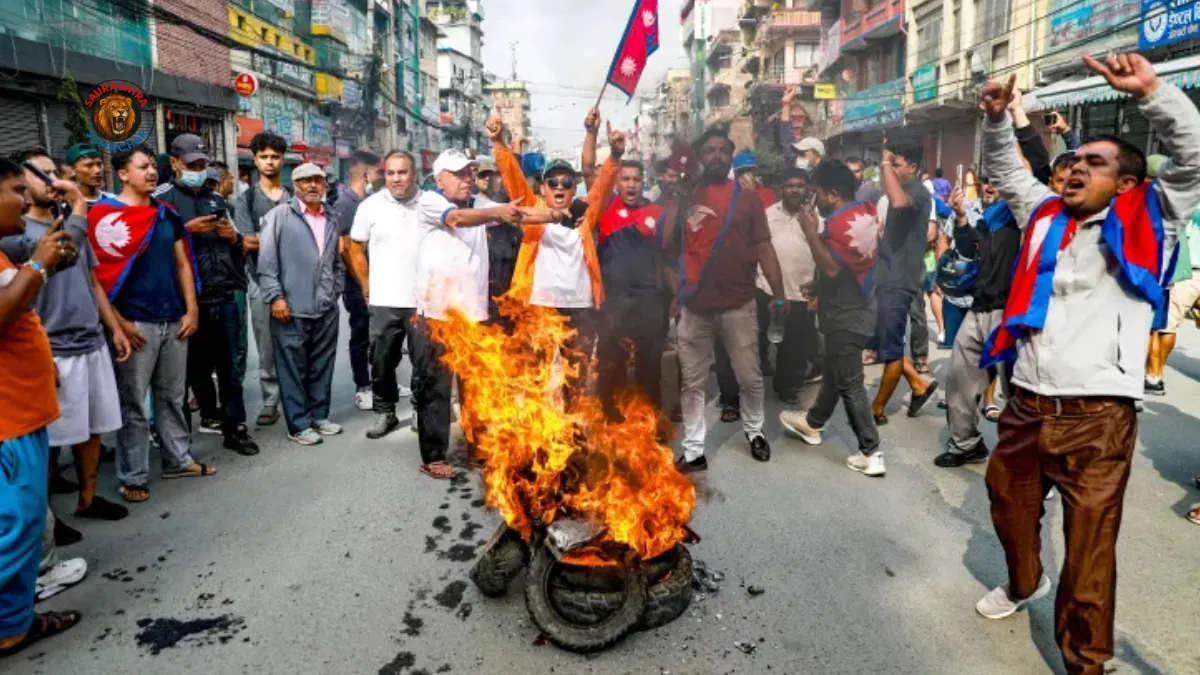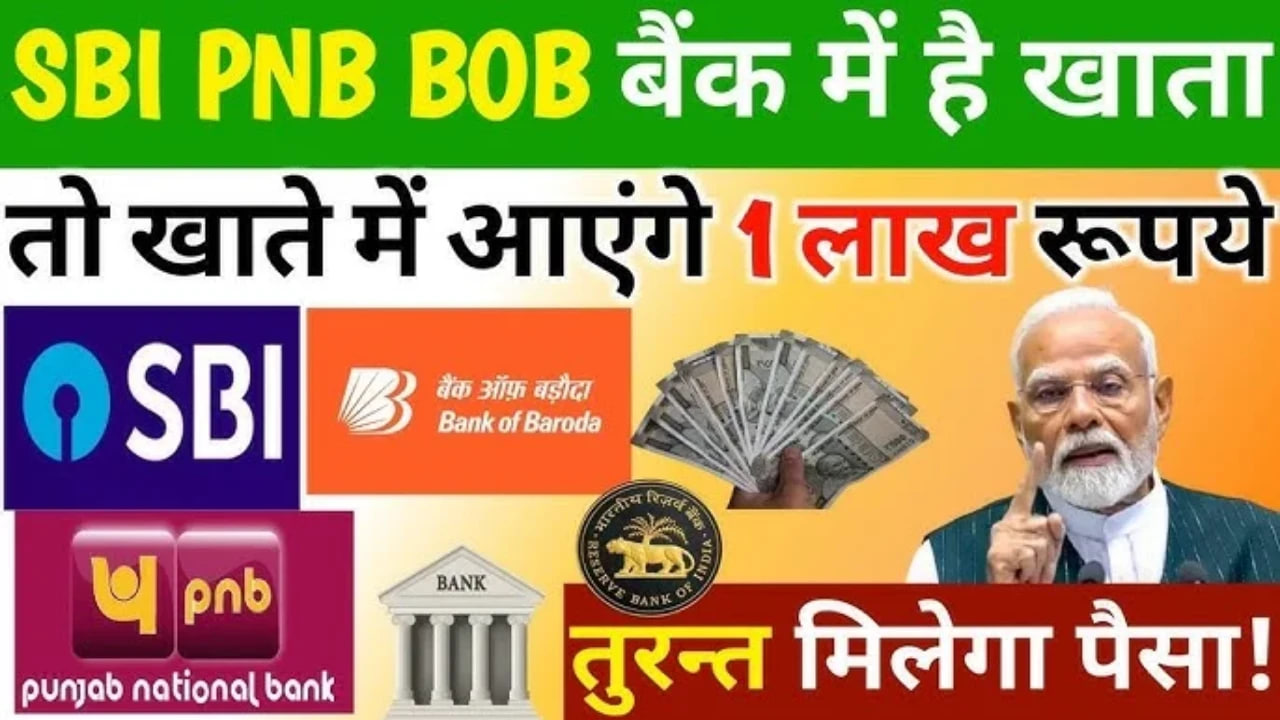Nepal protests have reached a dangerous tipping point as Gen-Z demonstrators continue to challenge the government with unprecedented anger and determination. What started as frustration over a controversial social media ban has now spiraled into a full-scale political and social crisis. The protests, which began on Monday, have left dozens dead, triggered ministerial resignations, and forced the Nepali Army to evacuate ministers to safe locations as violence spread across the Himalayan nation.
Nepal Protests: How Gen-Z Sparked a Nationwide Movement
At the heart of the Nepal protests are young people — popularly called Gen-Z — who have taken to the streets of Kathmandu and other cities in massive numbers. Their anger was first triggered by the government’s decision to ban 26 social media apps, including Facebook, YouTube, Instagram, and X (formerly Twitter). Authorities claimed that the platforms had failed to register with regulators.
But for young Nepalese, these platforms are not just entertainment tools; they are their lifeline for education, business, activism, and social interaction. The sudden ban felt like a direct attack on their freedom of expression.
On Day 1 of the protests, at least 19 people were killed when police cracked down heavily on demonstrators. Instead of calming the situation, the violence inflamed passions and brought even more people onto the streets on Tuesday. Crowds tore down barricades, defied curfews, clashed with police, and vandalized government property.
Ministers Evacuated as Streets Turn Violent
By Day 2, the Nepal protests had reached such a scale that the Nepali Army was forced to step in. According to reports, helicopters were used to rescue ministers from their official residences in Bhaisepati and Vaishali.
- The residence of Nepal’s President Ram Chandra Poudel was vandalized.
- The houses of former Prime Minister Sher Bahadur Deuba and Home Minister Ramesh Lekhak were set on fire.
- Prime Minister K.P. Sharma Oli’s private residence was also torched by angry mobs.
- Gunshots were heard near Oli’s house, leaving at least one person injured.
- The Parliament building and several government offices were stormed and vandalized.
The situation was described by local media as “a warzone,” with protesters battling police in Kathmandu and other parts of the country.
Ministers Resign Amid Nepal Protests
The growing anger on the streets has spilled into the government itself. Several ministers have already resigned:
- Water Supply Minister Pradeep Yadav
- Health Minister Pradip Paudel
- Sports Minister Tejulal Chaudhary
- Home Minister Ramesh Lekhak (resigned citing moral responsibility for the deaths)
- Agriculture Minister Ramnath Adhikari (quit under pressure from party leaders)
These resignations have deepened cracks within the ruling coalition, which includes CPN-UML, Nepali Congress, Maoist Centre, and smaller allies. The Maoist Centre directly blamed Prime Minister Oli for the violence, accusing him of “authoritarian and autocratic” governance.
Oli Government Under Pressure
Prime Minister Oli finds himself in the eye of the storm. His attempt to justify the ban and his call for calm through dialogue have done little to pacify protesters. Opposition parties and even allies are demanding his resignation.
The Rastriya Prajatantra Party (RPP) went so far as to describe the police crackdown as “one of the cruelest and saddest incidents in Nepali history.”
Even as Oli expressed sadness over the deaths, the credibility of his government is rapidly eroding. “Violence is not the way. We need to find a peaceful solution through dialogue,” Oli told reporters, but his words rang hollow as clashes continued.
Why the Nepal Protests Matter
The Nepal protests are not just about social media apps. They reflect deeper frustrations within Nepali society:
- High Unemployment: Many young Nepalese feel abandoned by their leaders. The unemployment rate remains alarming, with limited opportunities in both public and private sectors.
- Weak Economy: According to the World Bank, Nepal’s GDP per capita stands at just $1,447, making it one of the poorest nations in South Asia.
- Corruption: Protest organizers have repeatedly highlighted the government’s failure to tackle corruption, which eats away at public trust.
- Generational Divide: The protests also highlight a clash between a digitally connected younger generation and an older political class clinging to traditional power structures.
Table: Key Events in the Nepal Protests
| Date | Event | Details |
|---|---|---|
| Monday (Day 1) | Social media ban sparks anger | 26 apps including Facebook, YouTube, X banned |
| Monday | Police crackdown | 19 killed, dozens injured |
| Tuesday (Day 2) | Gen-Z protests intensify | Barricades torn down, curfew defied |
| Tuesday | Violence escalates | Houses of ministers, ex-PMs set on fire |
| Tuesday | Army intervenes | Ministers evacuated, parliament secured |
| Tuesday | Ministerial resignations | Several cabinet members quit |
| Ongoing | Opposition response | Calls for PM Oli’s resignation grow louder |
Regional and International Impact
The Nepal protests have also drawn international attention. India issued an advisory asking its citizens in Nepal to exercise caution and follow local guidelines.
Neighboring countries and global observers are watching closely, as instability in Nepal can have wider geopolitical consequences in South Asia.
What Lies Ahead for Nepal?
As the protests enter their third day, questions about Nepal’s political stability are mounting. The army has already placed Oli and other ministers under protective custody, reportedly moving them to undisclosed safe locations.
The government’s survival now depends on whether it can reach out to protesters with concrete reforms rather than empty promises. But with growing distrust and anger, dialogue may not be enough.
For Nepal’s Gen-Z, the protests are more than just a response to a social media ban — they are a demand for a future with freedom, opportunity, and justice.
Also read: Nepal to Block Social Media Platforms Including Facebook Amid Crackdown on Misuse
Conclusion
The Nepal protests are a turning point in the country’s modern history. They reflect not only anger against a single policy but also years of frustration with corruption, unemployment, and poor governance.
As Nepal’s streets burn and political leaders scramble to hold on to power, one thing is clear: the voice of the younger generation cannot be silenced. Whether the government survives or collapses, the demand for change will continue to echo through Kathmandu and beyond.














